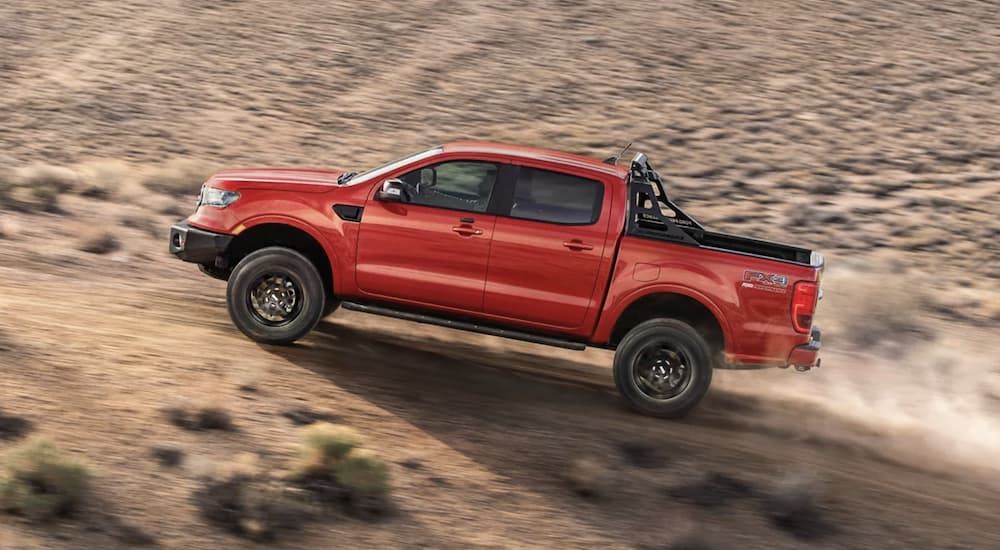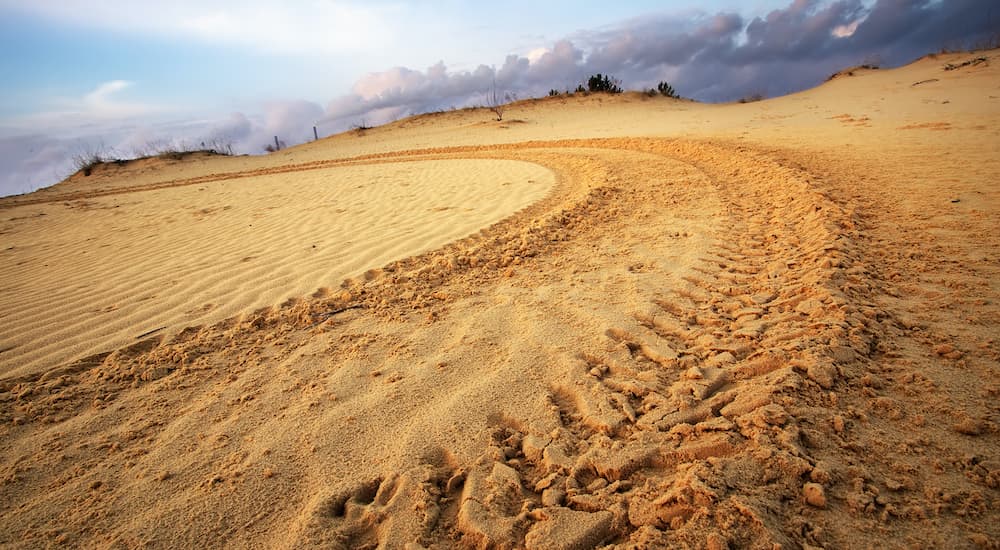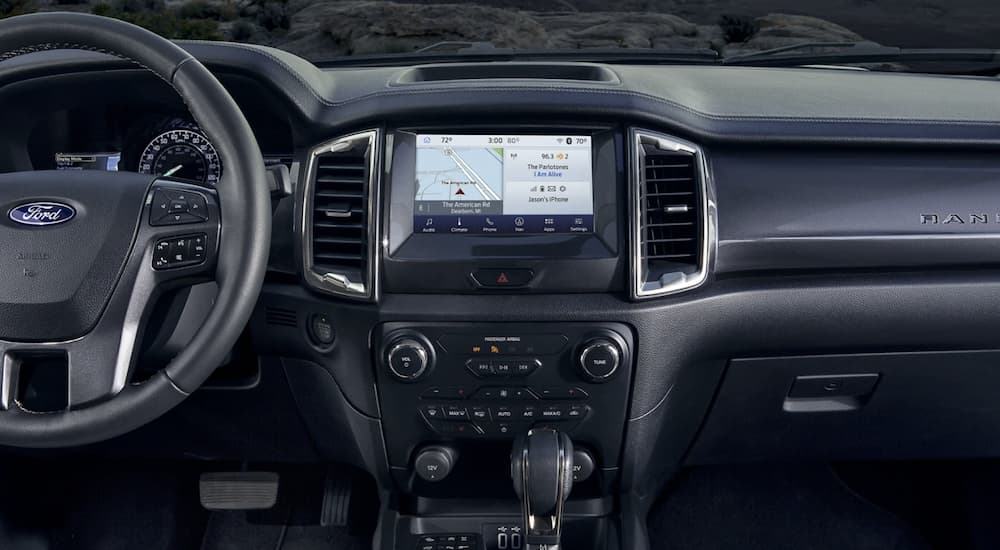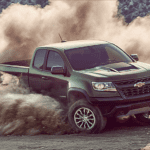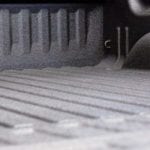You and your buddies just finalized plans for a long weekend of 4×4 backcountry exploring. This is no ordinary trail ride–you’re planning an off-the-grid adventure complete with river fording and setting up camp deep in the mountains. It’s rough, muddy terrain that demands a capable rig like the 2022 Ford Ranger to power you through all the ruts and standing water.
Hang on a second. A Ford Ranger? Isn’t that a mid-size pickup? Yes, it is, but when your Ranger includes the Tremor Off-Road Package, it’s every bit as capable as its larger full-size sibling, the F-150, or any trail climber, for that matter. Capability is baked in, thanks to an array of off-road-ready components and systems designed to make easy work of the road less traveled.
Knowing which off-roading components belong on the must-have list and why you need them is the responsibility of every respectable trail rider. Ditch the fluffy appearance add-ons and focus on the key features necessary to endure whatever nature throws at you. Here’s a quick guide to outfitting your rig for optimal capability.
Choose the Right Tires
Just like you’d never climb a mountain without a good pair of hiking boots, your off-roader needs a set of tires designed specifically for rugged terrain. Ford Rangers with the optional Tremor Package are fitted with 17-inch all-terrain tires. The versatility of an all-terrain tire affords drivers an easier transition from trail to the highway. Off-roading purists might argue that mud-terrain tires are ideal, but if you drive on paved roads or in snowy conditions, they’re not optimal.
On the ruggedness scale, mud-terrain tires win. They’re designed with huge tread blocks and more space between each block, making them perfect for traversing rocky, muddy terrain. The treads are designed to constantly self-clean mud and dirt for better traction. When your truck is outfitted with mud-terrain tires, you won’t be stopping to dig mud out of the treads. Unfortunately, the mud-terrain tire’s benefits are also their downfall. Chunkier treads mean more road noise and less traction in snowy conditions.
If your truck wears a set of all-season tires, you should seriously reconsider that backcountry road trip. Why? All-season tires are designed for good performance in most weather and road conditions. Forbes Wheels calls the all-season tire “the Jack of all trades, master of none,” which sums it up well. For off-roaders, riding on all-season tires is risky. They won’t stand up to rocks or other obstacles, and if you encounter mud, gravel, inclines, or loose sand, it’s game over.
That’s what makes all-terrain tires so appealing. Since most weekend adventure seekers don’t live on the side of a mountain full-time, it doesn’t make sense to endure the discomfort of mud-terrain tires the rest of the time. All-terrain tires improve traction and grip on uneven surfaces, but they’re also made stronger, with reinforced sidewalls designed to carry heavy loads. While they won’t last as long as all-season threes, their open-tread design performs well on both trails and paved roads.
Protect the Underbody
Skid plates aren’t just there to make your truck look more aggressive; they serve an important function on the trail, namely, protecting your pickup’s key components. Imagine whacking your transmission on an outcropping or ramming headlong into a log that you’re trying to climb over. These scenarios happen all the time out on the trail because drivers don’t take the time to properly protect vulnerable areas around their rigs.
Ford’s Tremor Off-Road Package outfits the Ranger with a series of undercarriage skid plates that protect exposed components. Also included is a brawny exposed steel bash plate mounted just under the grille. It stands between your truck’s front end and any obstacle ahead, absorbing impact and lessening trail anxiety. Even the specialty hoop-step running boards are more rugged and durable.
The bash plate is designed to protect the motor, oil reservoir, and other under-the-hood equipment. Ford factory installs its own OEM bash plate on the Ranger, which is ideal. Most off-roaders head to the local aftermarket parts store to retrofit universal skid plates and bash plates, leaving room for a bad fit that could compromise your truck’s most expensive components. Also, Ford’s bash plate adds to the Ranger’s curb appeal–a nice extra benefit.
Lean In to New Technology
Trail riding is seeing a huge infusion of technology in the form of trail cameras, selectable drive modes, and increasingly capable 4×4 systems. Ford offers two such technologies in the Tremor Package: Ford Trail Control and a Terrain Management System. Trail Control is essentially cruise control for off-roading. Engage it, and the system handles braking and acceleration, so you can focus on navigating tough terrain.
Trail Control works only at low speeds, no faster than 20 mph, maintaining the set speed regardless of what’s happening on the ground. As you climb, it maintains speed. As you descend, it maintains speed. It also sends torque to the wheels with the most traction. Drivers can manually adjust speed while the system is engaged, so it’s easy to slow down on approach to an obstacle, then speed up on a stretch of flat terrain.
Ford’s Terrain Management System lets drivers shift on the fly with a simple turn of the dash-mounted toggle. The system offers four drive modes, which include Normal, for everyday driving conditions where power to the front wheels is ideal. Mud/Ruts, which–like it sounds–is reserved for uneven terrain; this setting limits upshifting and stability control so the tires can spin more to gain purchase over rocks. Sand is for more torque to all four wheels in lower gears. Finally, Grass/Gravel/Snow mode conditions the throttle to minimize slipping.
The included electronic locking rear differential is clutch for optimizing traction. It automatically puts the rear wheels in lockstep, so you can dig in and avoid getting stuck. Altogether, these systems and features align for confidence-inspiring trail navigation. Some old-school off-roaders argue that technology takes the fun out of trail riding, but these systems actually enhance driver enjoyment because they automate repetitive tasks.
Specs Matter: Start With Ground Clearance
There’s one main reason off-roaders don’t hit the trails in a minivan: ground clearance. While the minivan’s low ground clearance is optimal for children, it’s a disaster on uneven terrain. The aftermarket equipment industry is saturated with lift kits designed to keep your vehicle protected and invite exploration of seriously rocky terrain, but manufacturers like Ford prefer to keep it in-house. The Ford Ranger already offers 8.9 inches of ground clearance, but adding the Tremor Package increases it to 9.7 inches.
Ground clearance is just the beginning. You’ll want to look at suspension components and specifications like approach angle. The Tremor Package adds a modified front and rear suspension, along with FOX 2.0-inch dampers that smooth out the extreme bumps and contribute to a smoother ride on paved surfaces. The FOX monotube dampers are an industry favorite, specifically for their durability and go-anywhere capability.
You don’t need a college degree in off-roading to understand concepts like approach angle, but a general conception of why they matter will help you appreciate trucks like the Ford Ranger just a little bit more. Approach angle and departure angle tell us how sharp an angle your truck can travel without whacking the bumper. The Ranger comes in at an impressive 30.9 degrees on the approach.
Stay Safe and Get Out There
Equip your pickup truck with the components necessary for a safe and enjoyable trail riding experience, and you’ll save time and money. The game is to avoid causing damage and keep everyone safe. Trucks like the Ford Ranger, when equipped with the optional Tremor Off-Road Package, offer everything you need to tackle just about any terrain.
